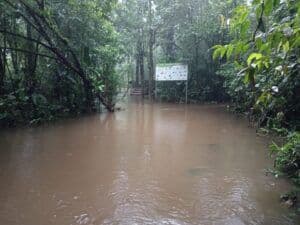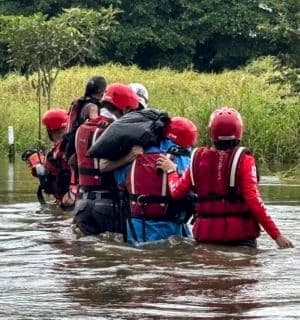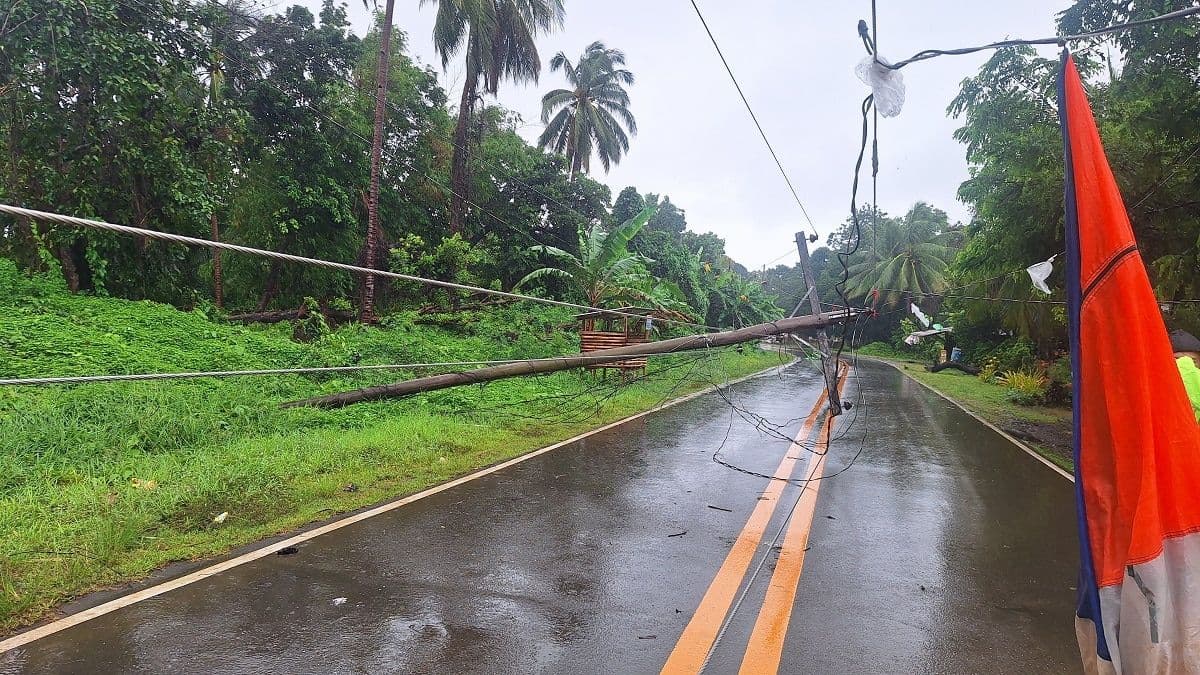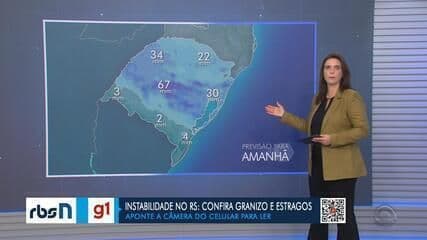Beyond the Deluge: Guatuso's Resilience and the Shifting Landscape of Costa Rica's Northern Zone
Guatuso's recent floods expose Costa Rica's climate resilience challenge. Dive into the community's struggle, heroic response, and the path forward for sustainable living.
The Swelling Waters: A Region Under Siege
Costa Rica's Northern Zone, particularly the canton of , recently bore the brunt of relentless downpours, transforming familiar landscapes into a watery battleground. On July 18, 2025, intense rains unleashed a cascade of over 50 incidents, as reported by the . Communities like Buenos Aires, Betania, Buenavista, and Palenque Margarita found themselves submerged, their homes, roads, and essential services severely compromised. The very arteries of the region—, Río Frío, Río La Muerte, and Río Cucaracha—swelled beyond their banks, painting a grim picture of nature's raw power. The recorded a staggering 70 millimeters of rain in just a few hours in areas like Sarapiquí, a stark reminder of the extreme weather events becoming more frequent. With Tropical Wave #16 lingering and #17 on its heels, the forecast offered little respite, signaling that the already saturated soils would continue to pose a grave risk of further inundations and devastating landslides across the region.
A Community Mobilized: Acts of Heroism and Shelter
In the face of such overwhelming adversity, the spirit of solidarity shone brightly. Emergency teams, including the , the , and local municipal emergency committees, sprang into immediate action. Their coordinated efforts were critical in conducting rapid evacuations and establishing safe havens for those displaced. The communal hall of Catira became a vital refuge, sheltering at least 59 individuals, while many others found temporary solace in the homes of relatives, a testament to the close-knit nature of these communities. The Red Cross, deploying specialized aquatic rescue units and robust 4x4 vehicles, demonstrated remarkable courage. In one harrowing instance, their swift intervention saved two adults who had dangerously attempted to cross a swollen river in their vehicle. Other preventative rescues ensured the safety of an elderly person and three minors, highlighting the proactive measures taken to avert further tragedy as floodwaters continued to rise. Authorities consistently urged residents to heed warnings and avoid treacherous, inundated paths, underscoring the collective responsibility in navigating the crisis.

Nature's Imprint: Environmental Fallout and Protected Areas
Beyond the immediate human toll, the floods left a significant mark on Costa Rica's pristine natural environment, particularly its protected areas. The made the difficult but necessary decision to temporarily close the iconic . Its main access points and famed trails, including those leading to the mesmerizing , were completely inundated, posing direct threats of landslides and sudden, violent river surges to both tourists and park personnel. This closure wasn't just a precautionary measure; it underscored the vulnerability of even the most robust ecosystems to extreme weather. Meanwhile, in Calle Pitón, San Carlos, a community already scarred by previous landslides, faced a renewed nightmare. Several homes were declared uninhabitable, forcing families to confront the grim reality of relocation. The CNE and the Municipality of San Carlos are now working with the IMAS to help these families find new, safer ground, a stark reminder of how saturated soils amplify the risk of geological instability, altering landscapes and lives for the foreseeable future.
The Road Ahead: Building Resilience and Long-Term Adaptation
The recent deluges in Guatuso serve as a stark reminder that , like many nations, must fundamentally rethink its approach to climate resilience. The immediate response, characterized by heroic rescues and the rapid establishment of shelters, was commendable, but the persistent threat from successive tropical waves and increasingly saturated soils demands a more strategic, long-term vision. This isn't merely about reacting to disasters; it's about proactively adapting to a shifting climate reality. Moving forward, efforts must focus on reinforcing critical infrastructure, developing sophisticated early warning systems, and fostering robust community education programs that empower residents to respond effectively. The difficult but necessary re-housing efforts for families in areas like San Carlos highlight the crucial role of government agencies in facilitating safe relocation and sustainable community planning. This crisis underscores the imperative for continuous collaboration among entities like the CNE, Red Cross, Fire Department, IMN, and MINAE, forging a united front against future climate challenges. Guatuso's experience is a powerful case study, urging Costa Rica to invest in comprehensive, forward-looking strategies that build enduring resilience against the escalating impacts of climate change.
Related Articles

Guatuso's Enduring Waters: A Community Navigating Costa Rica's Shifting Rains

Guatuso's Enduring Waters: A Community Navigating Costa Rica's Shifting Rains

Weathering the Storm: Unpacking Resilience in a Deluge-Prone Nation

Weathering the Storm: Unpacking Resilience in a Deluge-Prone Nation

The Unfolding Map: How Taiwan Adapts to Constant Flood Alerts

The Unfolding Map: How Taiwan Adapts to Constant Flood Alerts

Beneath the Orange Sky: Rio Grande do Sul's Blueprint for Future Storms
